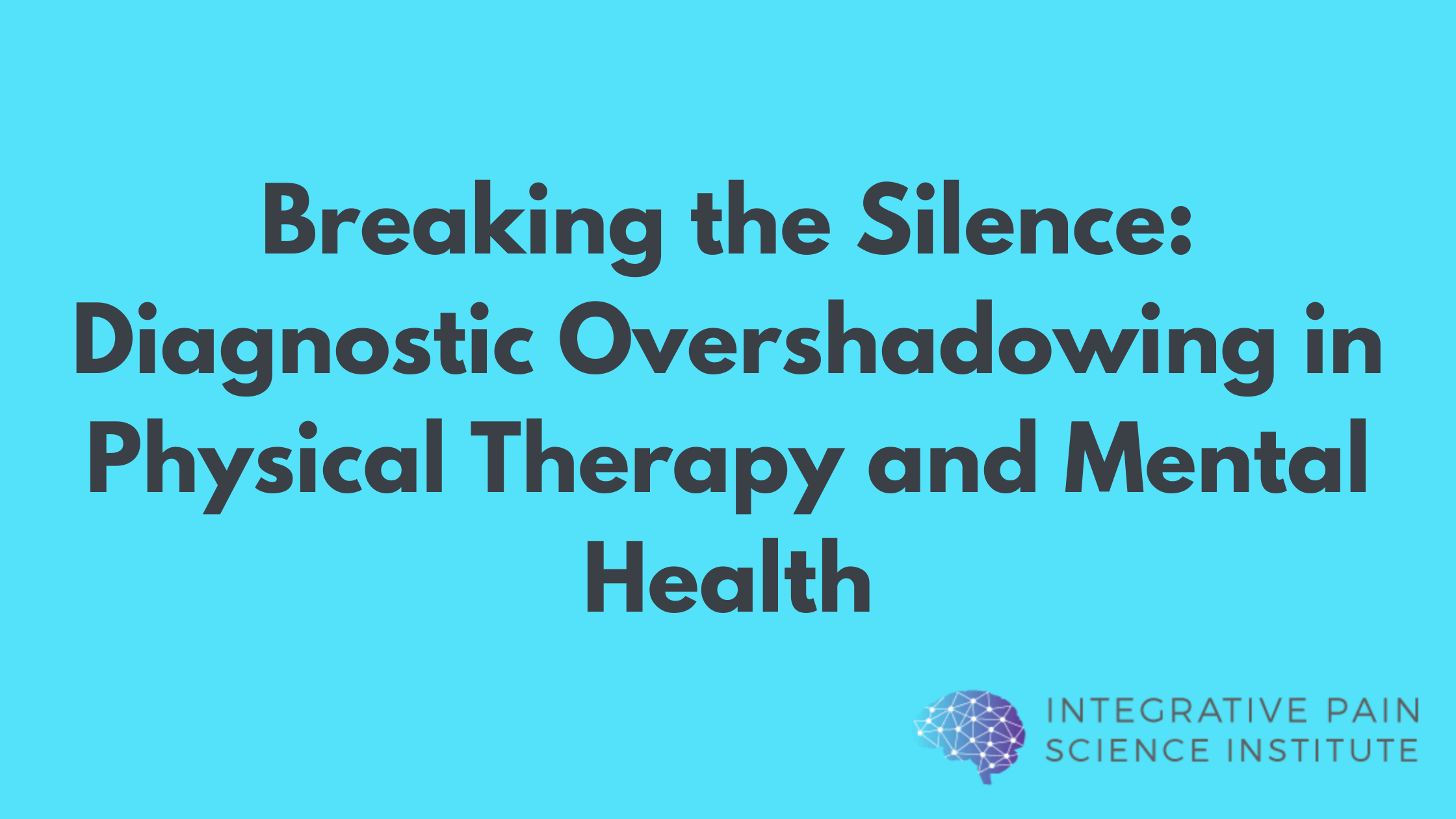Chronic pain affects one in four adults in the US, where it is considered a leading cause of disability (1). Traditionally, the golden rule has been that the pain must be resolved before a return to function in order to reduce likelihood of disability.
But has this rule sacrificed healthy patterns of behaviour and responding?
Acceptance and Commitment Therapy (ACT) proposes instead that quality of life can be increased, despite continuing pain, by:
- Changing one’s relationship to pain
- Changing how one behaviourally responds to pain
- Knowing when to drop unsuccessful struggles to control pain
- Increasing engagement in activities that have meaning and value in our lives (2, 3).
Read this blog about ACCEPTANCE AND COMMITMENT THERAPY (ACT) FOR CHRONIC PAIN
Can Disability Improve Without Pain Reduction?
A 2014 study by Kevin Vowles and colleagues suggests that when strategies to relieve physical pain don’t seem to work, relieving the emotional pain that comes with it can be a step forward in regaining mobility and improving quality of life (4).

The study was conducted in the UK and involved 21 patients (13 women and 8 men) with a mean age of 44.8 years. Among them:
- Only 5 were working full or part-time
- 12 were not working because of pain
- 4 were either unemployed (for a reason unrelated to pain) or were homemakers.
- Median pain duration was 3.3 years (range 0.3–30.8 years).
- Main primary site of pain was low back (n = 9), followed by full body (n = 5), neck (n = 3), mid-back (n = 2), and upper limb (n = 2).
- Ten patients also reported a secondary site of pain, such as lower limbs (n = 4), low back (n = 3), upper limb (n = 2), or abdomen (n = 1).
- Most diagnoses (n = 17) were non-specific (e.g., chronic nonspecific low back pain, chronic pain syndrome).
- Other diagnoses included fibromyalgia (n = 2), sciatica (n = 1), and fracture-related pain (n = 1).
Dropping The Struggle with Pain Control
All patients completed a four week, interdisciplinary ACT rehabilitation program for chronic pain and a three month follow-up assessment of disability. Treatment was provided by an interdisciplinary team of professionals (clinical psychology, anesthesiology, physical therapy, and nursing) on two consecutive days, each week, for a total of four weeks.

Each treatment day included physical conditioning, psychological content (including mindfulness training), and activities to aid value clarification and planning. There were also health/medical education sessions (e.g., appropriate use of pain medications) and skills training (e.g., reflective listening, mindful communication, pacing for values success).
The study’s main goals were to:
- Determine whether disability reduction is associated with pain reduction
- Analyze how patterns of change in two ACT processes (Struggle for pain control and Engagement in valued activities) relate to changes in disability.
Pain Intensity was measured through question 1 in the diary below, completed by patients once a week during the 4 week ACT program.
Disability was measured at baseline and at 3 month follow up, by having participants complete the Sickness Impact Profile (SIP), a 136 item scale which assesses the impact of illness/disease on physical and psychosocial functioning (5).
Changes in ACT core processes were assessed through questions 2 to 5 in the diary below.
Weekly Diary
Pain intensity
- Rate how bad your pain was overall in the past week
Struggle for pain control
- Rate how much effort you put into making pain, or upsetting thoughts, feelings and memories, go away this past week
- Rate how willing were you were to have pain and distress in the past week
Engagement in valued activities
- Rate how effective you were in taking actions that contributed to a better, more vital, quality of life in the past week
- Rate how effective you were this past week in making progress in the areas of your life that that matter to you
Did the Intervention Succeed?
After analyzing patient responses, four outcomes were defined:
- Treatment success with a change in ACT processes: Reduced disability with decreased pain control efforts and increased engagement in valued activity (8 patients).
- Treatment failure without a change in ACT processes: No disability reduction with no improvement in pain control efforts and/or engagement in valued activity (2 patients).
- Treatment success without a change in ACT processes: Reduced disability with no improvement in pain control efforts and/or engagement in valued activity (2 patients).
- Treatment failure with a change in ACT processes: No disability reduction with improvement in pain control efforts and/or engagement in valued activity (9 patients).
The possible association of pain intensity with change in disability was assessed by correlating answers to question 1 in the above diary with results of the SIP questionnaire:
- Among the 10 patients with disability reduction, 2 reported decreased pain, 7 reported the same pain, and 1 indicated increased pain at follow-up.
- Among the 11 patients without disability reduction, 5 reported decreased pain and 6 reported the same pain.
Dr. Tatta’s simple and effective pain assessment tools. Quickly and easily assess pain so you can develop actionable solutions in less time.
Taking ACTion to Live Better Despite Pain
Although the study involved a small number of patients, and results could not be contrasted with a control group (no intervention), it yielded two important conclusions:
- Pain reduction is not directly associated with increased physical functioning (reduced disability). This is in line with ACT’s tenet that the mental battles with pain cause suffering beyond pain itself.
- ACT can improve quality of life in people with chronic pain, even if disability is not reduced. Supporting this is the evidence that 17/21 patients showed decreased pain control efforts and increased engagement in valued activities, while disability remained unchanged in about half of the participants.
It is worth noting that that treatment failure (no improvement in disability) was not due to progressive physical impairment because no patient reported worsened disability at follow-up. This evidence suggests that modifications in the ACT intervention could be made to increase its success rate. For instance, the authors point out that important components of the ACT process were not addressed in the program. Among those is self-as-context; a concept related to self-reflection and the ability to examine one’s thoughts, feelings, and emotions from a neutral perspective (6).
In a previous blog, How Perspective Taking in ACT Changes Chronic Pain,we reviewed how the practice of self-as-context translated into increased wellbeing in patients with chronic pain.
The study discussed here also hints that ACT’s holistic approach to improve physical functioning and reduce chronic pain-related suffering can be used to educate patients on the correct use of analgesics. For instance, patients received medical education that emphasized “awareness of the effects of pain medications, and where appropriate, advocated for strategic analgesic use to promote engagement in valued activities.”
Elements of the ACT model were also incorporated during physical activity sessions: consistency in activity, present-focused awareness of bodily sensations, and deliberate use of physical activity to promote engagement in valued activity.
Treating chronic disease and the multitude of related chronic pain syndromes can be challenging. Recognizing that the pain experience of each client is molded around a unique psychological scaffold, and acquiring the skills to promote behavior change that improves health and wellbeing are crucial steps to successfully meeting this challenge.
To learn more about ACT for Pain and training for practitioners click here!
REFERENCES:
1- IOM Committee on Advancing Pain Research Care. Relieving Pain in America: A Blueprint for Transforming Prevention, Care, Education, and Research. Institute of Medicine. Washington (DC): National Academies Press; 2011.
2- Hayes SC, Strosahl KD, Wilson KG. Acceptance and commitment therapy: The process and practice of mindful change. 2nd. New York: Guilford Press; 2012
3- McCracken LM, Vowles KE. Acceptance and Commitment Therapy and mindfulness for chronic pain: Model, process, and progress. American Psychologist. 2014;69:178–187
4- Vowles, K. E., Fink, B. C., & Cohen, L. L. (2014). Acceptance and Commitment Therapy for chronic pain: A diary study of treatment process in relation to reliable change in disability. Journal of contextual behavioral science, 3(2), 74-80.
5- Bergner, M., Bobbitt, R. A., Carter, W. B., & Gilson, B. S. (1981). The Sickness Impact Profile: development and final revision of a health status measure. Medical care, 787-805.
6- Yu, L., Norton, S., Harrison, A., & McCracken, L. M. (2015). In search of the person in pain: A systematic review of conceptualization, assessment methods, and evidence for self and identity in chronic pain. Journal of Contextual Behavioral Science, 4(4), 246-262.



